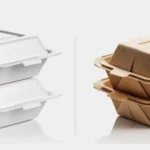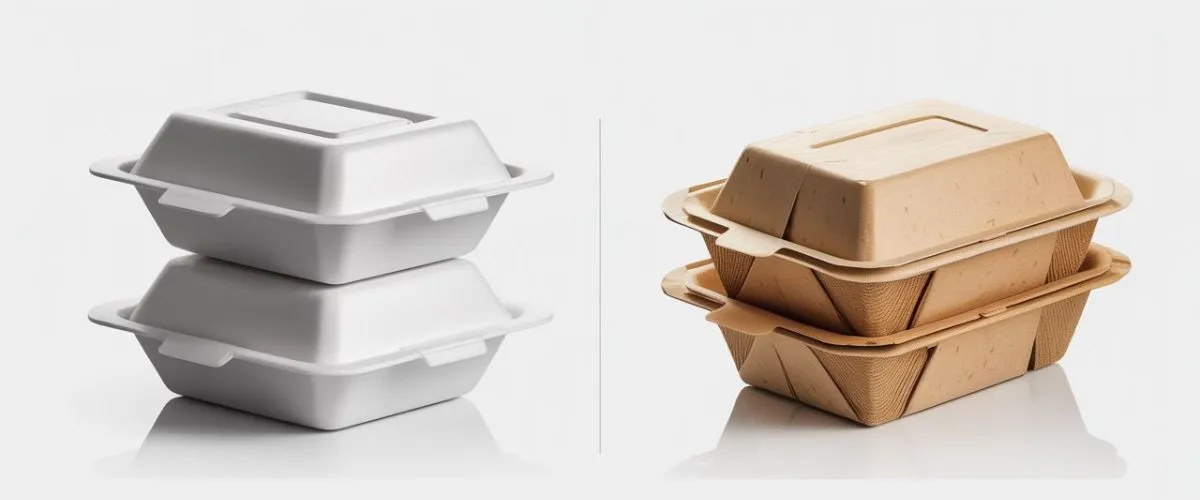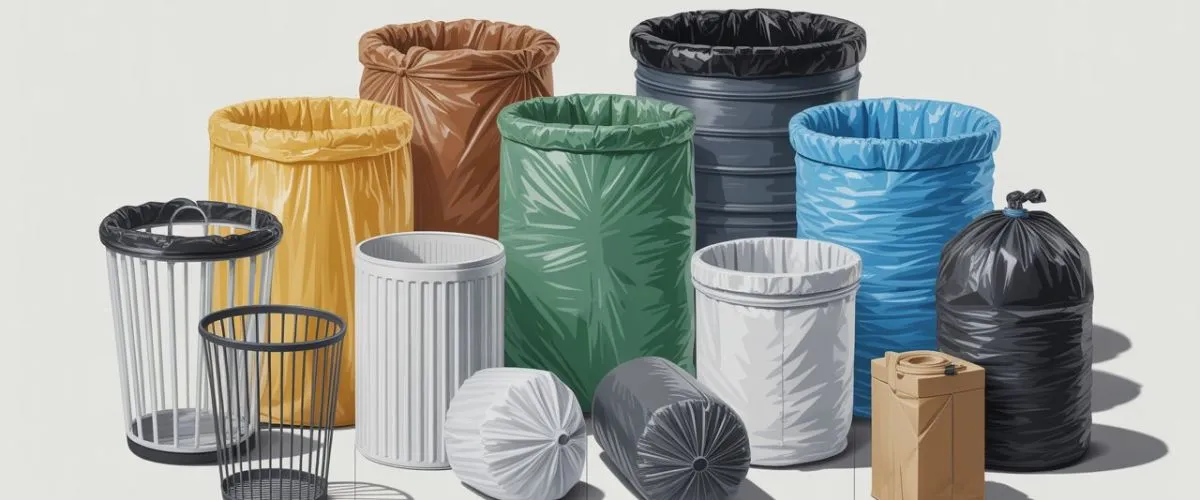Understanding the Different Types of Can Liners and Their Uses
- admin
- Benefits of Can Liners, Different Types of Can Liners
- 0 Comments
The different types of can liners are very important for the neat and efficient management of garbage, whether commercial or residential. The right liner configuration for garbage provides neatness, sanitation, and workability, completely absent of leaks or odors, and mess from all appearing.
Can liners vary with respect to the materials they are made of, their available sizes, and their thickness in general. Each has its own unique application. This essentially helps in guiding all firms and individuals to understand the types of can liners available when choosing an appropriate one, depending on their waste management needs.
Learning About the Purpose of Can Liners
Every can liner has to be waste-specific. Lightly-can liners suit dry, light waste, and those without sharp edges; heavy-duty ones are best suited in an environment with sharp and wet wastes. Knowing the types of wastes determines, accordingly, which type of waste develops performance and longevity of the liner. Four institutions are involved in the daily washing: the restaurant, office, hospital, and home.
How Material Helps Identify Your Can Liner
Can liners are mostly made of two materials: high-density and low-density polyethylene. Thinness suitable for light waste was what high-density liners signified. Thick grades were more suitable for sharp or heavy waste materials.
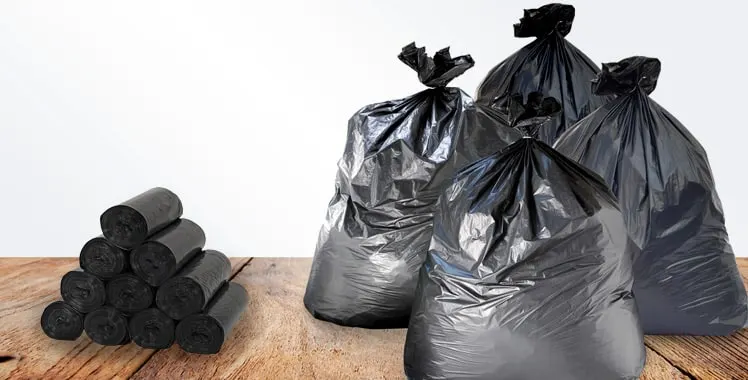
It also influences the stretchability and strength of the material, apart from obviously influencing their tear resistance. High-density, therefore, has that crisp feel and is very cheap in terms of bulky sales.
How to Maintain Hygiene with Quality Can Liners
Such a good liner serves as leak-proof and odor control. It keeps the whole area clean and prevents waste from getting touched by the things. Change of these liners should happen regularly so that the bins remain fresh and odor-free. Users in hospitals and food service must ensure that such strong liners will keep things clean.
Using Low-Density Can Liners for Heavy-Duty Applications
The flexibility, toughness, and puncture resistance of low-density liners are needed to hold waste types, including sharp and wet materials. Most usage of these materials lies in restaurants, health-care institutions, and food processing centers. They stretch at very high pressures with no tears. Their walls are very strong, even with heavy loads.
How to Study the Properties of Linear Low-Density Liners
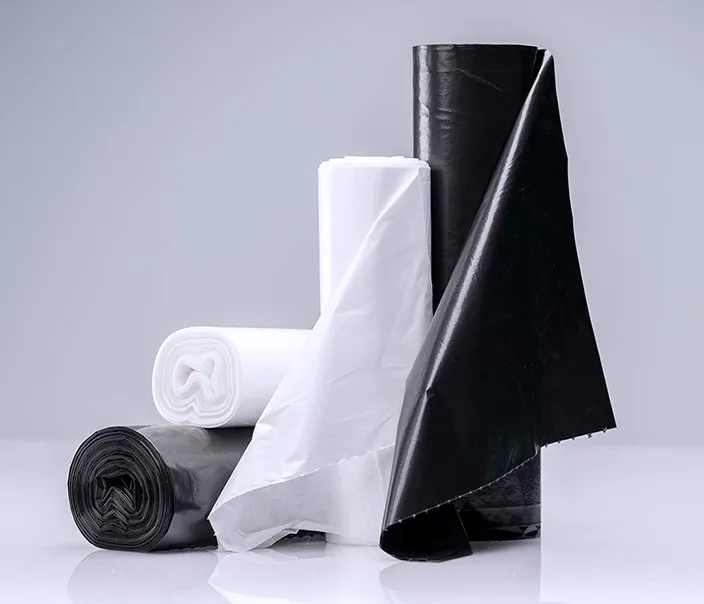
People would say linear low-density liners are strong as well as flexible. This kind is generally good for waste types mostly composed of light materials, but with some heavy ones. Also, this kind is value-for-money for balancing resourcefulness with performance. They penetrate far more than their counterparts’ low-density liners. Where ordinary low-density liners collapse under tension, these can stretch without breaking.
How to Choose Can Liners Based on Color-Coded Sorting
Liners are color-coded such that the sorting of waste is easy. Black liners would typically be used for general waste, whereas clear ones would allow the side exposure of sorting and checking.
Blue or green liners would typically mean recyclables or composted waste. In color-coded systems, color itself helps to tell what type of waste is there by instant recognition, thus inculcating orderly disposal.
How Can Cans Be Associated With a Type of Application?
With the diversity of applications in a workplace, different kinds of liners would be used. Just a simple example, light-duty liners will be needed to catch the volume of paper and plastics that are usually wasted in an office.
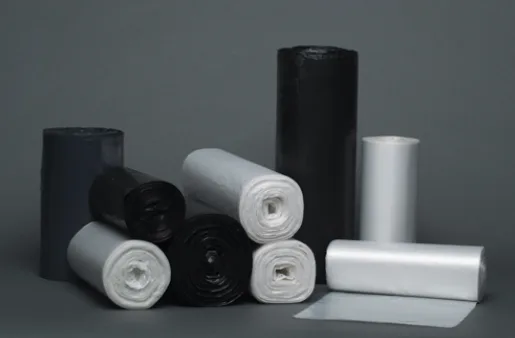
Thicker liners in restaurants will be needed to contain the scraps of food as waste. In hospitals, sanitary liners will contain biohazardous waste. By using an appropriate liner for the waste type, the security level hygiene standard can be achieved.
How to Choose Green Options
The aim of sustainable waste management is decades into the future. Eco-friendly alternatives in biodegradable or recyclable can liners have been made available by many manufacturers for many purposes.
These also help in curbing plastic waste and promoting environmental responsibility. As an indication of a company’s intent towards green practices, green liners are an environmentally responsible choice because they are biodegradable and will decompose naturally, lessening landfill impacts.
Maintenance of Hygiene with Quality Can Liners
Good liners are leak-proof and good at odor containment. These also clean and avoid direct contact with waste. Frequent changes of liners keep the bins fresh without odors escaping. In fact, hygienic liners become mandatory in places of health care and food service. Leak-proof materials ensure that any contamination control is kept in check.
Conclusion
Good liners prevent leakage and hence control the growth of bad smell. They also help by keeping the bin clean, preventing direct contact with waste. To keep the bin fresh and smell-free, the liners should be changed regularly. Modelling the atmosphere becomes imperative in hygienic liners’ hospitals or food service establishments.
These materials also ensure that leak-proof work-related contamination is effectively controllable, thus enabling hygiene maintenance through the use of an appropriate liner, thereby improving workplace safety and sanitation standards. Contact NSP distribution today for getting the best can liners.
Read Also: How to Choose the Best Disposable Cutlery for Your Restaurant




